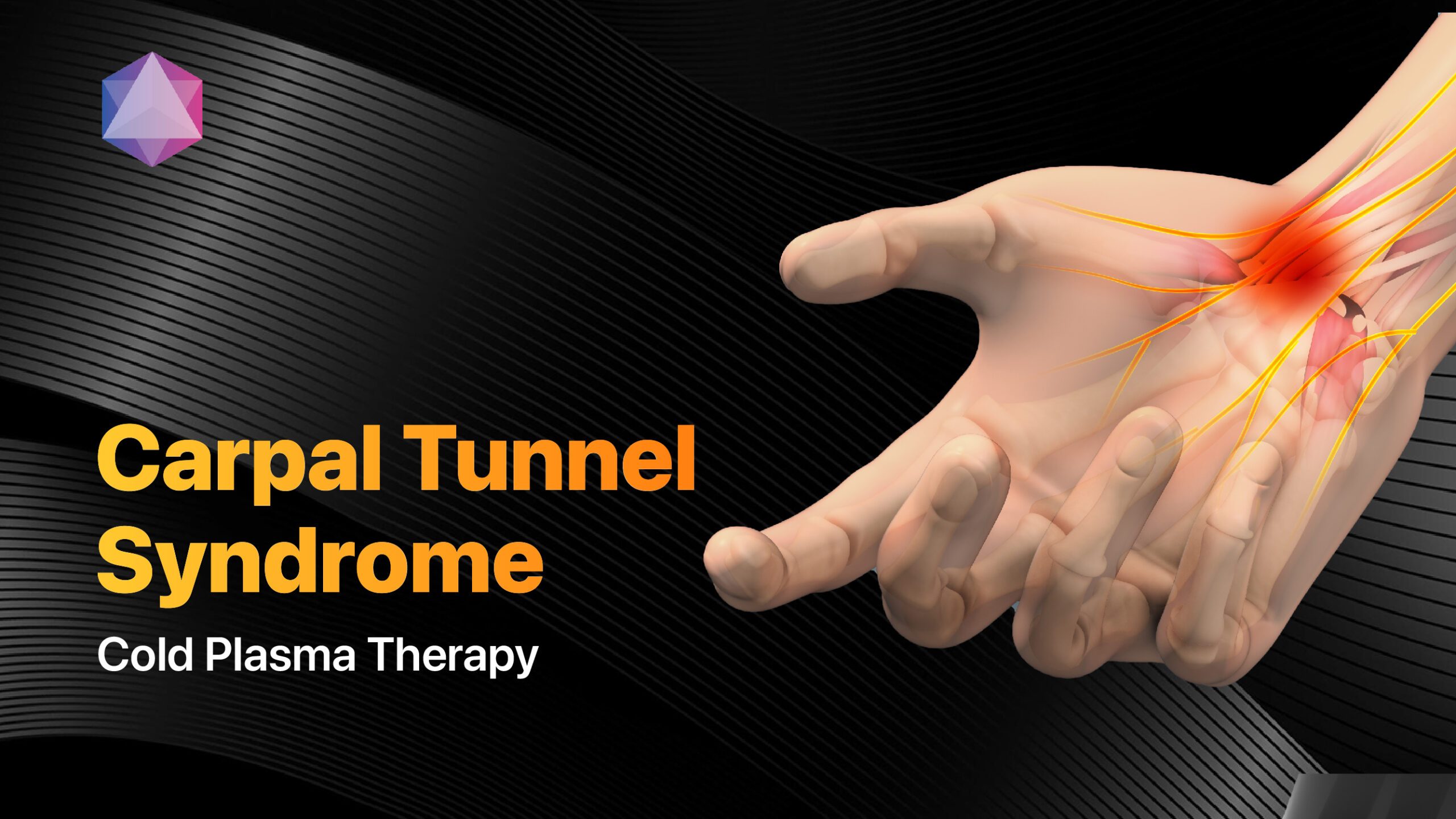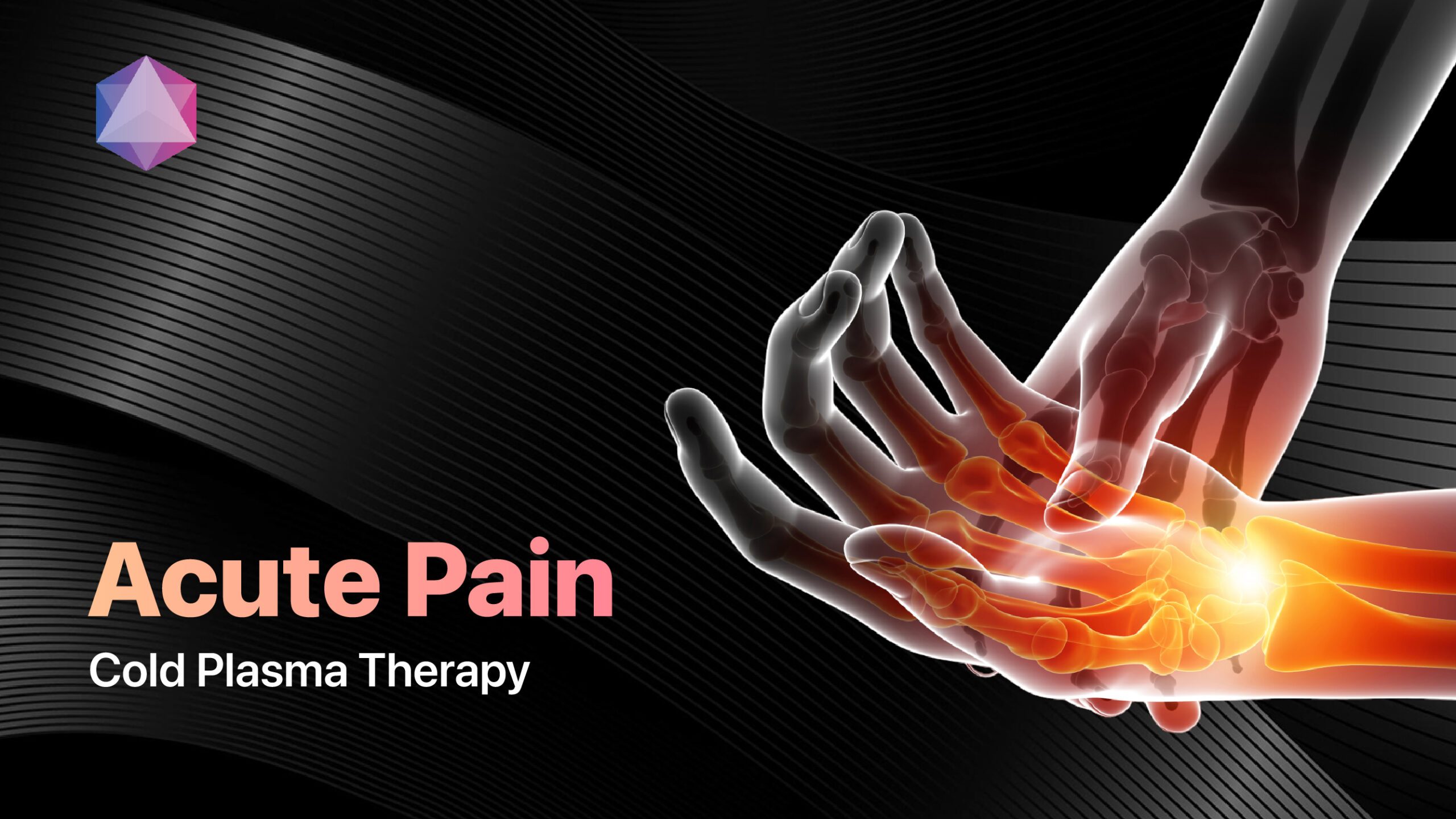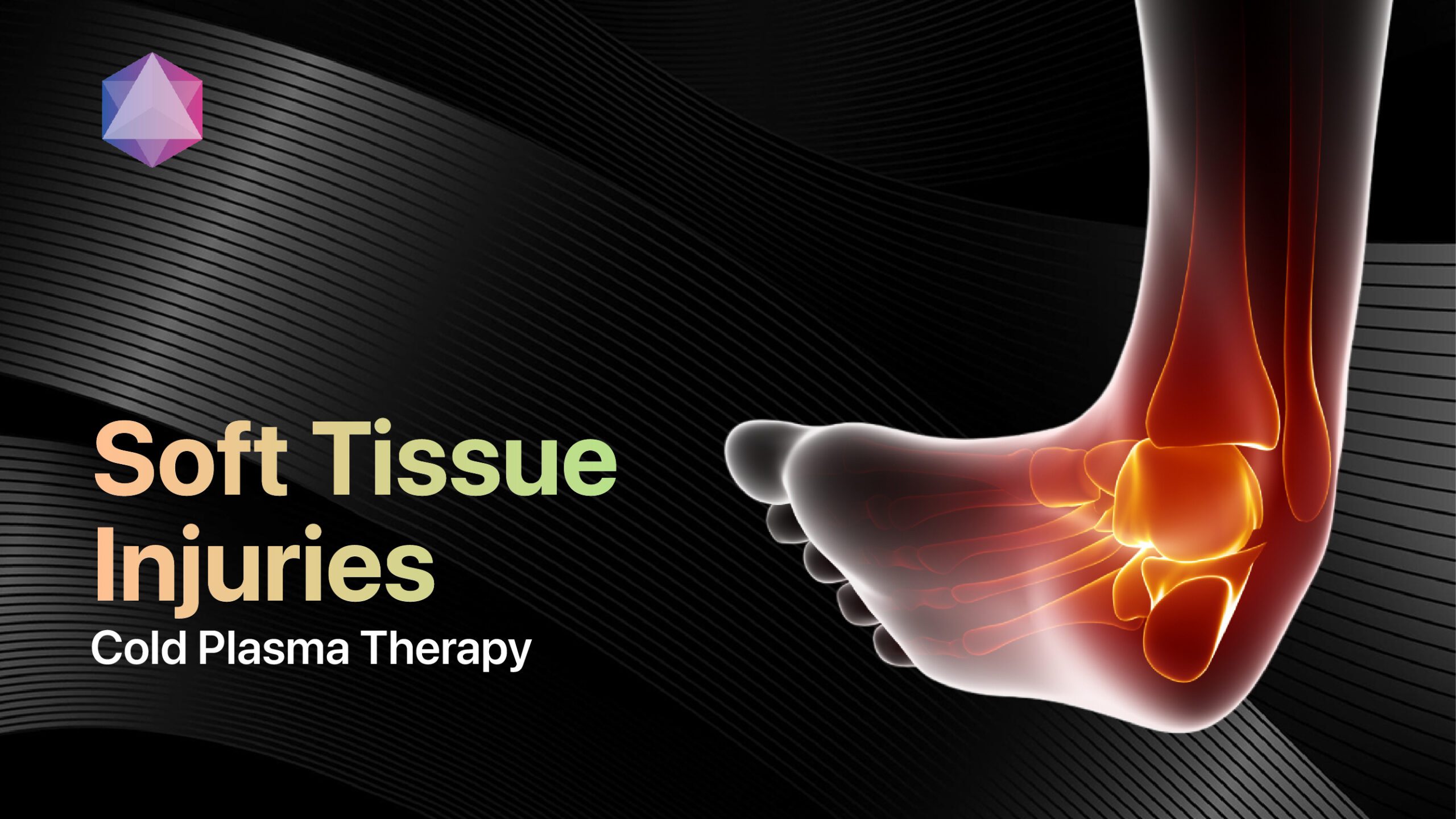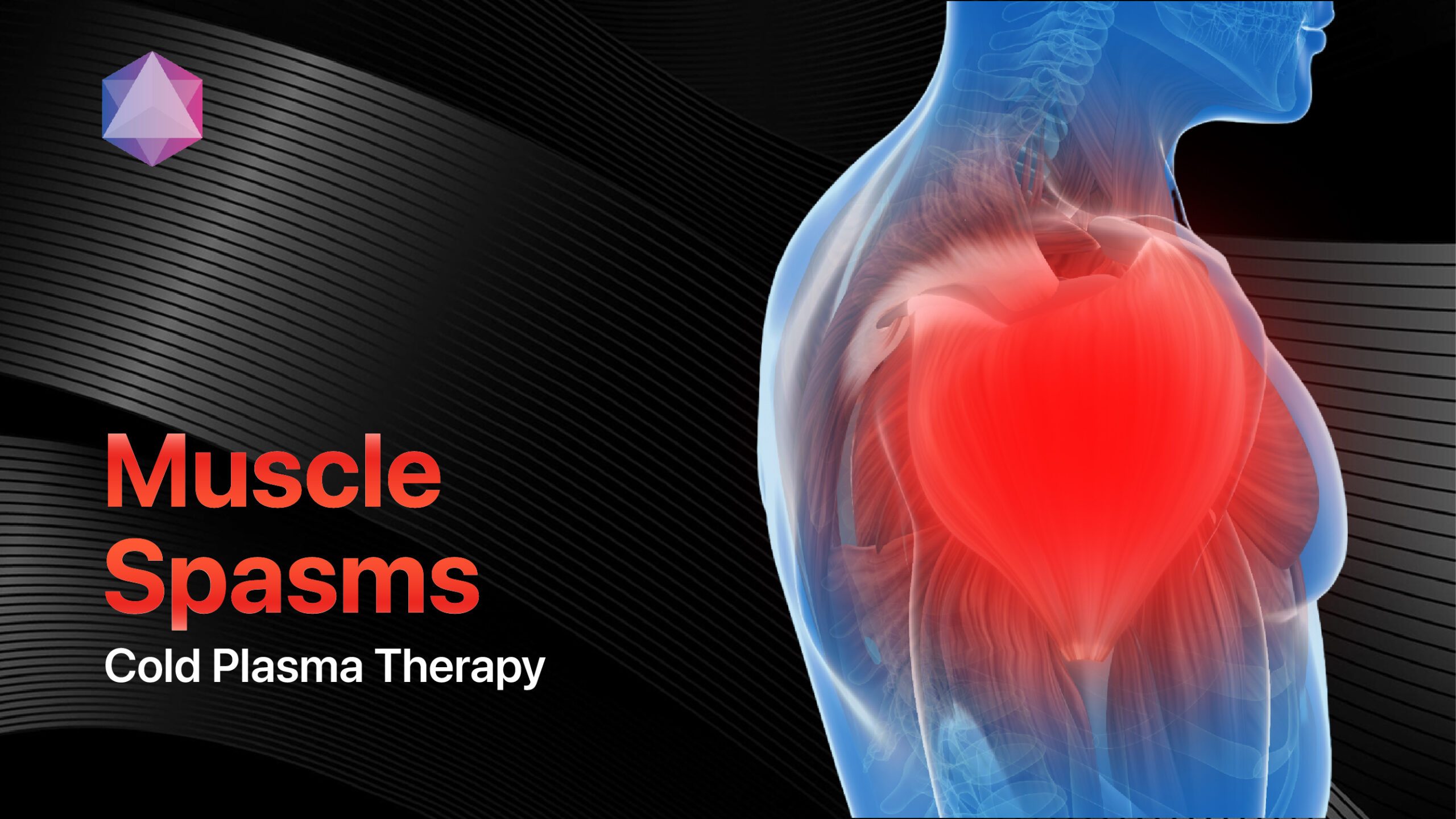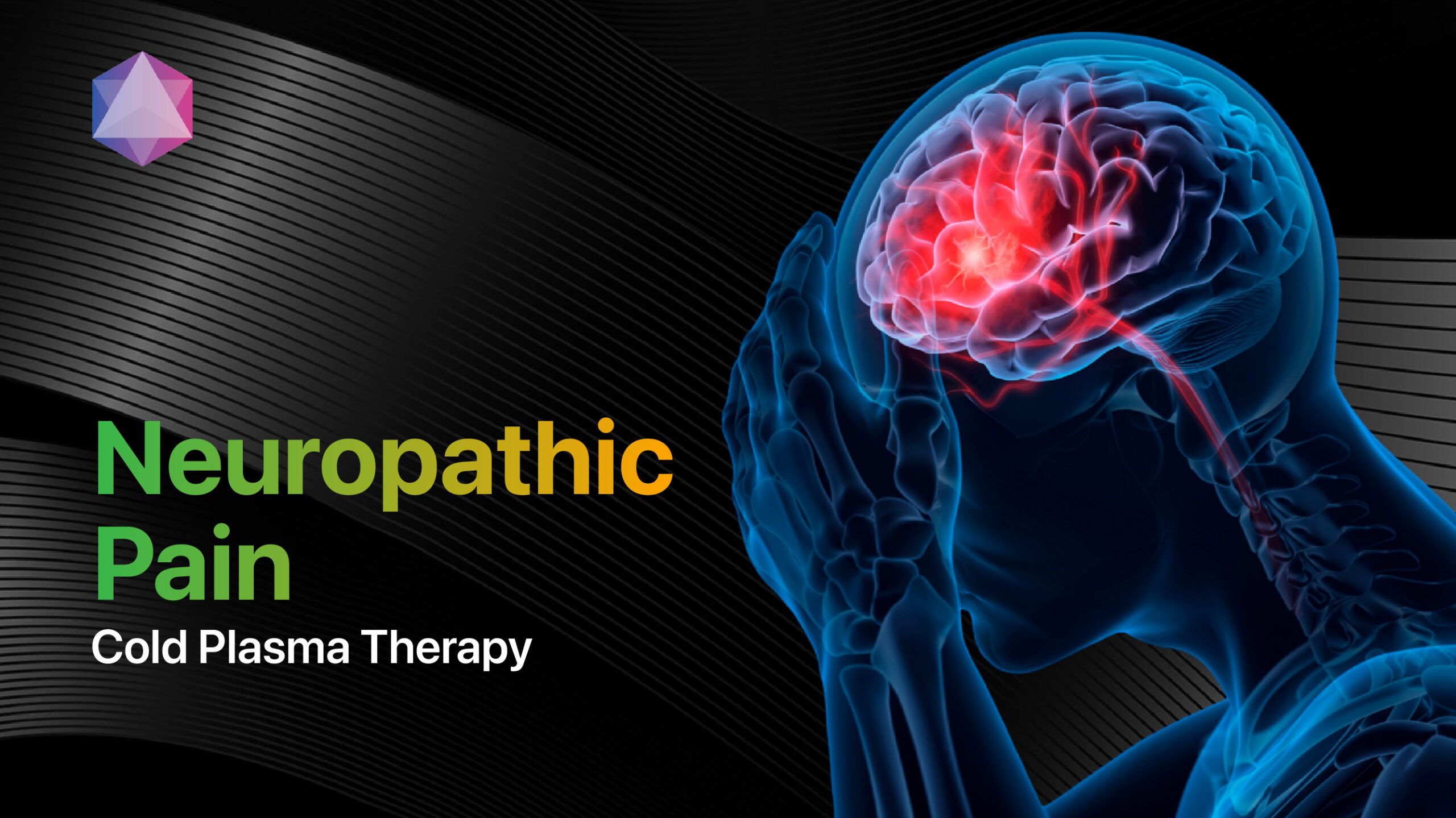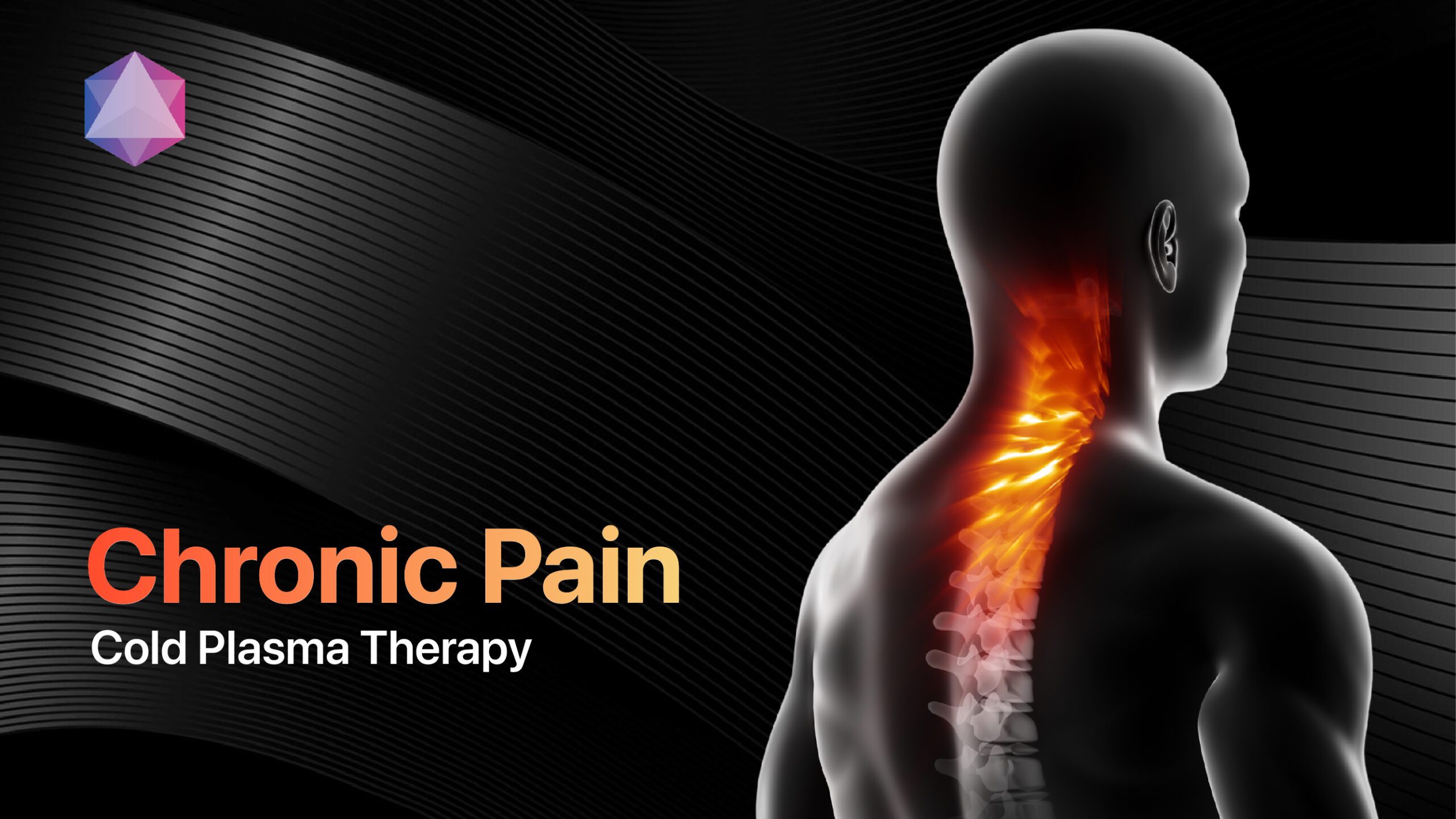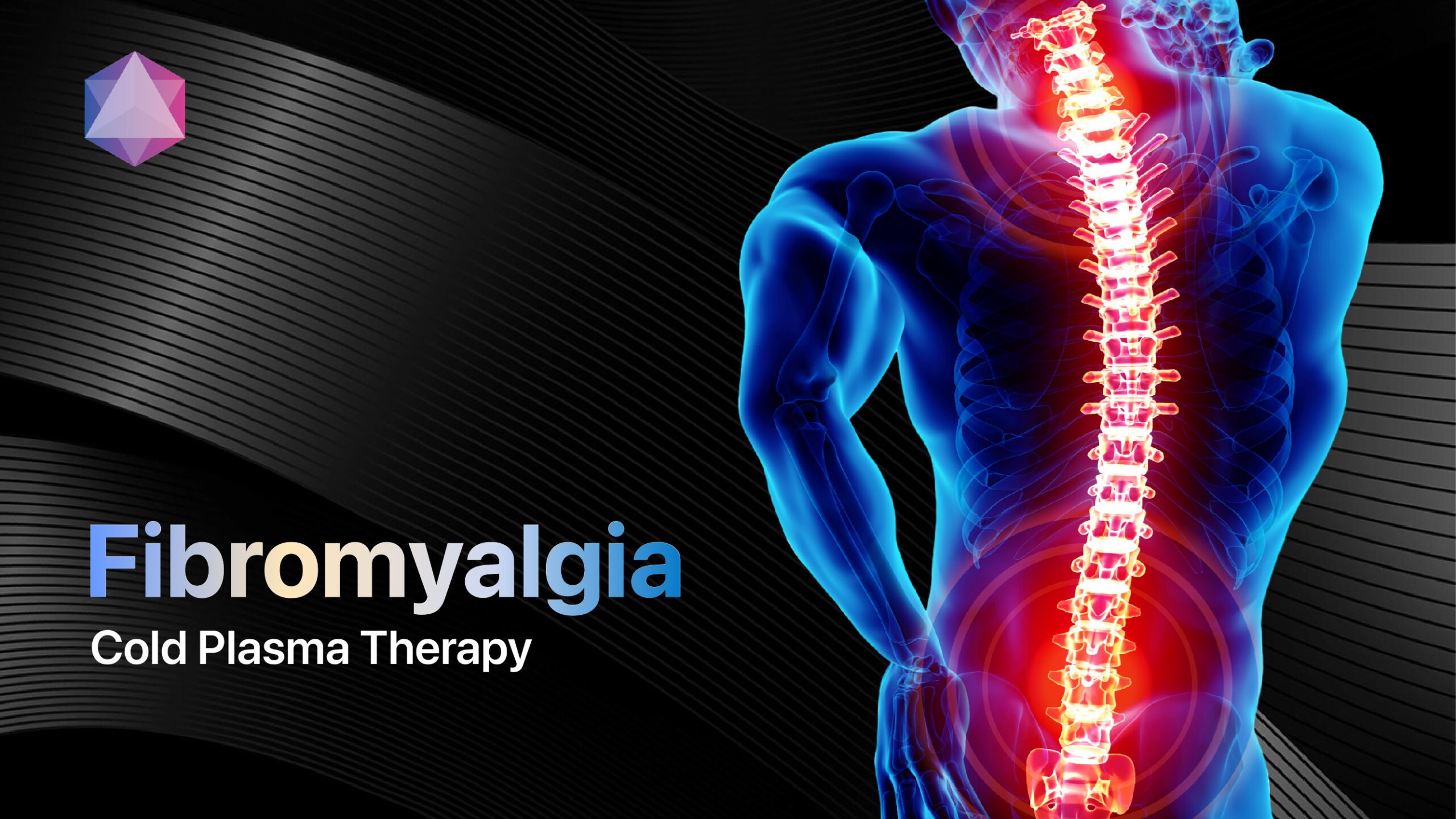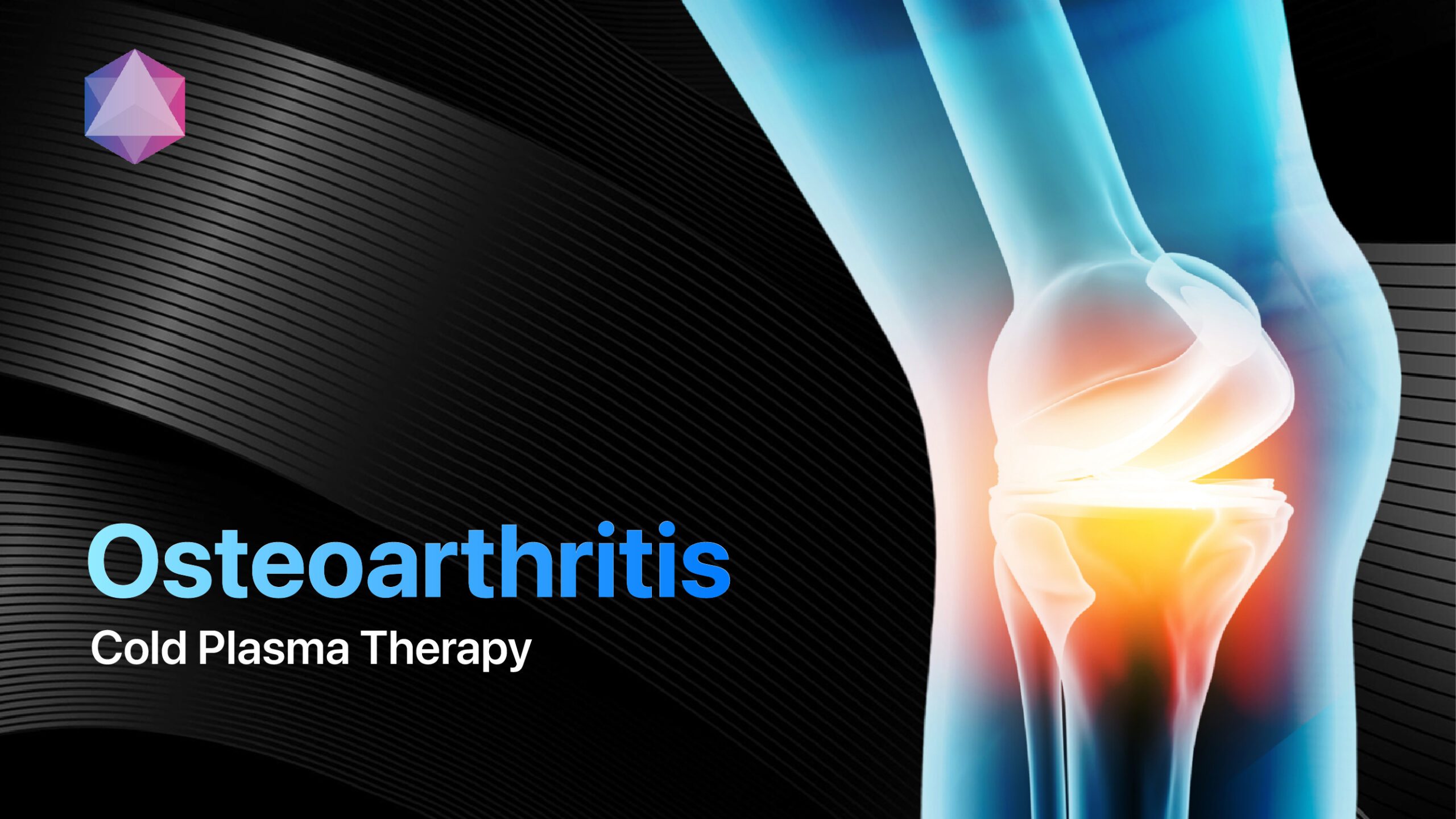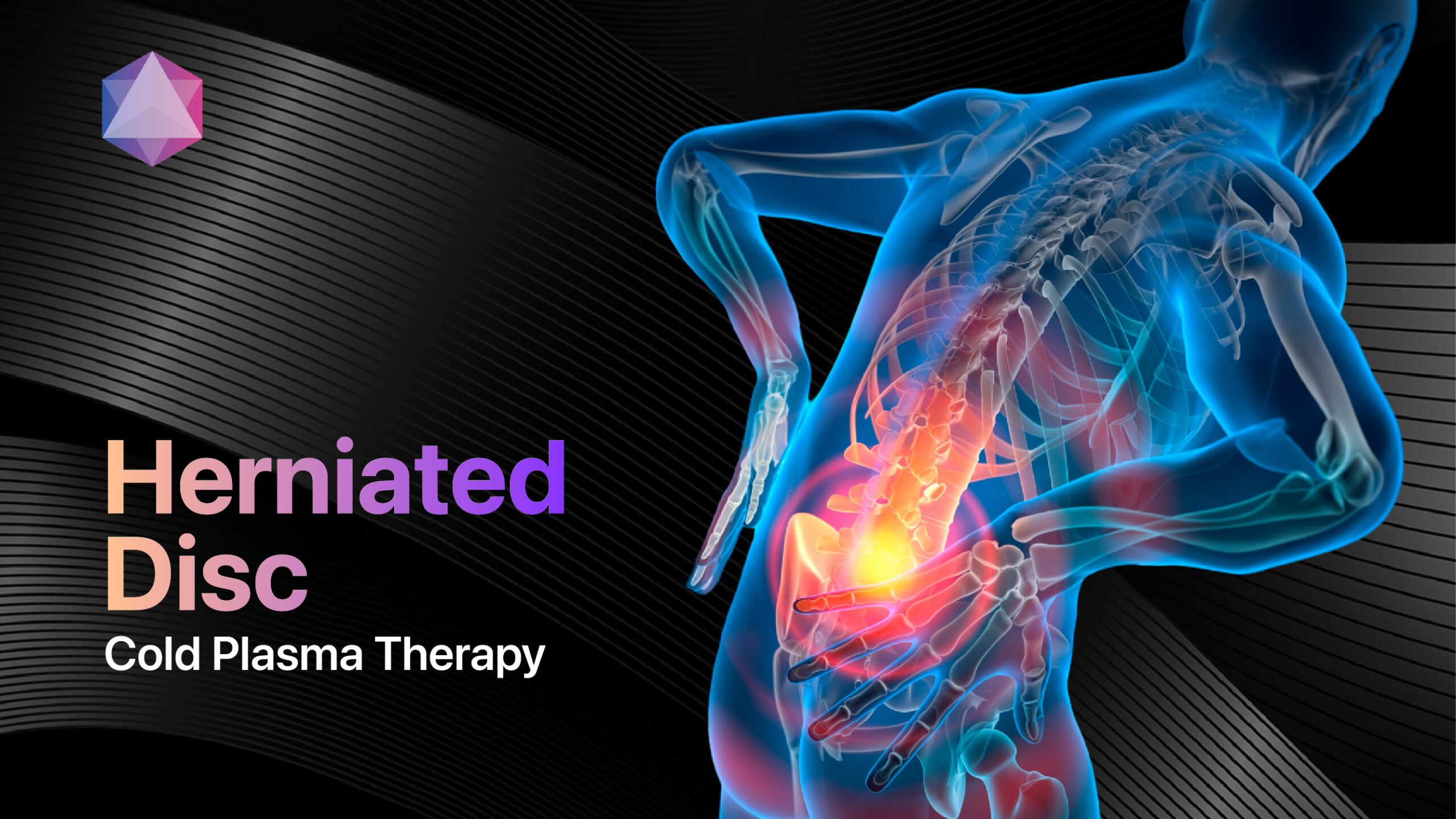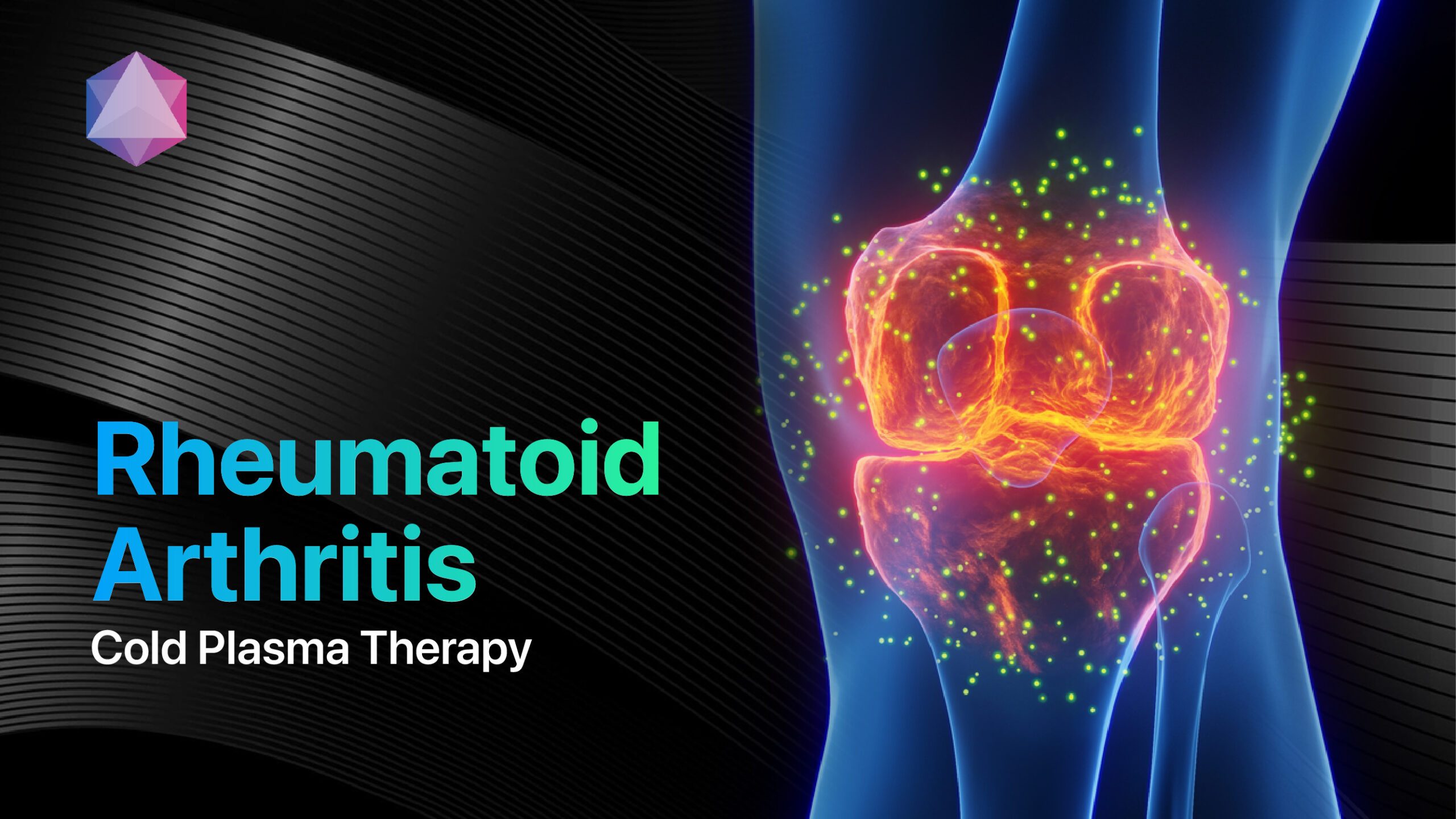
Rheumatoid arthritis affects approximately 1.3 million Americans and 18 million people worldwide, making it one of the most common autoimmune diseases globally[1][2][3]. This chronic inflammatory condition causes the immune system to mistakenly attack healthy joint tissue, leading to painful swelling, stiffness, and potential joint deformity if left untreated[4][5]. Unlike osteoarthritis, rheumatoid arthritis attacks the synovial lining of joints and affects multiple body systems.
Modern treatment approaches combine disease-modifying medications, innovative therapies, and revolutionary technologies to provide comprehensive symptom management and disease remission.
Understanding Rheumatoid Arthritis: The Complete Picture
What Makes Rheumatoid Arthritis Unique?
Rheumatoid arthritis is a systemic autoimmune disorder where the body’s immune system attacks its own tissues, primarily targeting the synovial membrane that lines joint cavities[6]. This creates persistent inflammation that damages cartilage, bone, and surrounding structures.
The condition differs fundamentally from other arthritis types because it:
- Affects multiple joints symmetrically (same joints on both sides)
- Involves systemic inflammation throughout the body
- Targets synovial tissue rather than just cartilage
- Can affect organs beyond joints including heart, lungs, and eyes[7]
Key pathological changes include:
- Synovial membrane inflammation and thickening
- Pannus formation (abnormal tissue growth)
- Cartilage and bone erosion
- Joint space narrowing and deformity[8]
Rheumatoid Arthritis vs. Other Conditions
Rheumatoid arthritis presents distinct characteristics that differentiate it from similar conditions:
- Morning stiffness lasting over one hour (vs. 30 minutes in osteoarthritis)
- Symmetrical joint involvement affecting both sides simultaneously
- Systemic symptoms, including fatigue, fever, and organ involvement
- Positive blood markers for rheumatoid factor and anti-CCP antibodies[9]
Comprehensive Rheumatoid Arthritis Symptoms
Primary Joint Symptoms
Rheumatoid arthritis manifests through distinctive joint-related symptoms that significantly impact daily functioning:
Pain and Inflammation
- Throbbing, aching joint pain that worsens with activity
- Warm, tender joints to touch
- Visible swelling in affected areas
- Joint stiffness, especially pronounced in mornings[10]
Morning Stiffness
Morning stiffness lasting 45 minutes to several hours represents a hallmark symptom distinguishing rheumatoid arthritis from other conditions. This “gel phenomenon” also occurs after periods of inactivity[11].
Joint Distribution Patterns
Rheumatoid arthritis typically affects:
- Small joints first: Hands, wrists, and feet
- Symmetrical involvement: Same joints on both sides
- Progressive spread: Larger joints including knees, elbows, shoulders
- Sparing certain areas: Distal finger joints and spine (except cervical)[12]
Systemic Symptoms and Complications
Rheumatoid arthritis frequently causes symptoms beyond joints:
- Chronic fatigue and malaise affecting daily energy
- Low-grade fever during active disease periods
- Loss of appetite and unintentional weight loss
- Rheumatoid nodules—firm lumps under skin
- Muscle weakness around affected joints[13]
| Symptom Category | Specific Manifestations | Timing | Impact Level |
|---|---|---|---|
| Joint Pain | Throbbing, aching in multiple joints[10] | Constant, worse mornings | High functional impact |
| Morning Stiffness | Lasting 45+ minutes daily[11] | Early morning primarily | Severe activity limitation |
| Swelling | Visible joint enlargement, warmth[12] | Persistent during flares | Moderate-severe impact |
| Systemic | Fatigue, fever, weight loss[13] | Variable throughout day | Moderate-high impact |
Root Causes and Risk Factors
Primary Disease Mechanisms
Rheumatoid arthritis develops through complex interactions between genetic predisposition and environmental triggers[14]:
Genetic Susceptibility
Specific genes, including HLA-DR4 and HLA-DR1, increase susceptibility, with family history raising disease risk significantly. Recent research identifies TRAF1 protein mutations that may influence immune response regulation[15].
Environmental Triggers
Smoking represents the strongest environmental risk factor, increasing disease risk and severity. Other triggers include:
- Infectious agents (viruses, bacteria)
- Physical or emotional stress
- Hormonal changes
- Exposure to certain chemicals[16]
Autoimmune Dysfunction
Molecular mimicry occurs when the immune system confuses self-tissues with foreign invaders. This triggers production of:
- Rheumatoid factor antibodies
- Anti-citrullinated protein antibodies (ACPA)
- Inflammatory cytokines
- Complement activation[17]
Demographic Risk Patterns
Rheumatoid arthritis affects certain populations disproportionately:
- Women are 3 times more likely to develop the condition
- Peak onset occurs between ages 35 and 60.
- Higher prevalence in certain ethnicities
- Strong familial clustering patterns suggest genetic components[18]
Revolutionary Treatment Approaches
Evidence-Based First-Line Therapies
Rheumatoid arthritis treatment follows updated 2025 guidelines emphasizing early aggressive intervention to prevent joint damage[19]:
Disease-Modifying Antirheumatic Drugs (DMARDs)
Methotrexate remains the gold standard first-line treatment, often combined with short-term glucocorticoids for rapid inflammation control[20].
Key conventional DMARDs include:
- Methotrexate: Weekly oral or injection administration
- Leflunomide: Alternative for methotrexate intolerance
- Sulfasalazine: Combination therapy option
- Hydroxychloroquine: Mild disease or combination use[21]
Updated 2025 Treatment Guidelines
EULAR 2025 recommendations now suggest direct progression to biologic or targeted synthetic DMARDs if initial methotrexate therapy fails, eliminating previous stratification based on prognostic factors[22].
Advanced Biologic Therapies
Biologic DMARDs target specific immune system components driving inflammation:
TNF Inhibitors
Tumor necrosis factor blockers, including adalimumab, etanercept, and infliximab, provide significant symptom relief and joint protection[23].
Non-TNF Biologics
- Rituximab: B-cell depletion therapy
- Abatacept: T-cell costimulation blocker
- Tocilizumab: Interleukin-6 receptor antagonist
- Anakinra: IL-1 receptor antagonist[24]
Breakthrough Cold Plasma Technology
Cold plasma therapy represents a revolutionary advancement in rheumatoid arthritis treatment. The Mirari Cold Plasma System, developed by General Vibronics and commercialized through miraridoctor.com, offers innovative therapeutic benefits[25].
Clinical mechanisms include:
- Anti-inflammatory effects targeting cytokine pathways
- Pain modulation through neural pathway modification
- Tissue regeneration promoting synovial healing
- Enhanced circulation improving nutrient delivery[25]
Clinical observations demonstrate significant symptom improvement in rheumatoid arthritis patients, with reduced joint pain, decreased morning stiffness, and improved mobility. The technology offers non-invasive treatment complementing traditional therapies.
| Treatment Category | Specific Options | Success Rate | Onset Time |
|---|---|---|---|
| First-Line DMARDs | Methotrexate, leflunomide[20] | 60-70% response | 6-12 weeks |
| TNF Inhibitors | Adalimumab, etanercept[23] | 70-80% improvement | 2-6 weeks |
| JAK Inhibitors | Tofacitinib, baricitinib[26] | 60-75% response | 2-4 weeks |
| Cold Plasma Therapy | Nitric oxide-based treatment[25] | Significant improvement | 1-2 weeks |
Cutting-Edge Treatment Developments
Novel JAK Inhibitors
Janus kinase inhibitors represent the newest class of rheumatoid arthritis medications, working by blocking specific proteins that drive inflammation[26]:
- Tofacitinib (Xeljanz): First-in-class oral JAK inhibitor
- Baricitinib (Olumiant): JAK1/JAK2 selective inhibition
- Upadacitinib (Rinvoq): JAK1 preferential selectivity
Emerging Cellular Therapies
Revolutionary 2025 clinical trials explore breakthrough approaches:
Tolerogenic Dendritic Cell Therapy
The AuToDeCRA2 trial investigates injecting modified immune cells to “reset” the immune system, potentially switching off disease activity without lifelong immunosuppression[27].
CAR-T Cell Therapy
Chimeric antigen receptor T-cell therapy shows promise for autoimmune conditions, with potential applications in treatment-resistant rheumatoid arthritis[28].
Precision Medicine Approaches
Genetic testing helps identify patients likely to respond to specific treatments, enabling personalized therapy selection based on individual biomarker profiles[29].
Diagnostic Excellence
Clinical Assessment Methods
Rheumatoid arthritis diagnosis relies on a comprehensive evaluation combining clinical findings with laboratory and imaging studies[30]:
2010 ACR/EULAR Classification Criteria
The scoring system evaluates:
- Joint involvement (0-5 points based on number and type)
- Serology (0-3 points for RF and anti-CCP antibodies)
- Acute-phase reactants (0-1 points for ESR/CRP elevation)
- Symptom duration (0-1 points for ≥6 weeks duration)[31]
A score of ≥6 indicates definite rheumatoid arthritis
Essential Laboratory Tests
- Rheumatoid factor (RF): Present in 70-80% of patients
- Anti-CCP antibodies: More specific marker (95% specificity)
- Inflammatory markers: ESR and CRP elevation
- Complete blood count: Anemia assessment[32]
Advanced Imaging Techniques
Modern imaging enhances early detection and treatment monitoring:
- Musculoskeletal ultrasound: Detects synovitis before clinical signs
- MRI imaging: Reveals bone marrow edema and early erosions
- PET/MRI: Identifies subclinical inflammation
- X-rays: Monitor structural damage progression[33]
Lifestyle Management and Self-Care
Exercise and Physical Therapy
Regular physical activity proves essential for rheumatoid arthritis management, despite initial discomfort concerns[34]:
Recommended Exercise Types
- Low-impact aerobic activities: Swimming, walking, cycling
- Strength training: Maintains muscle mass and joint support
- Flexibility exercises: Preserves range of motion
- Balance training: Prevents falls and injuries[35]
Dietary Interventions
Anti-inflammatory diets support medical treatment:
- Mediterranean diet patterns: Rich in omega-3 fatty acids
- Increased fruits and vegetables: Antioxidant benefits
- Reduced processed foods: Lower inflammatory markers
- Adequate protein intake: Supports muscle maintenance[36]
Stress Management
Chronic stress can trigger disease flares, making stress reduction crucial:
- Mindfulness meditation: Reduces inflammatory markers
- Cognitive-behavioral therapy: Improves coping strategies
- Support groups: Provides emotional assistance
- Adequate sleep: Essential for immune function[37]
Prognosis and Long-Term Outcomes
Modern Treatment Success Rates
Early aggressive treatment dramatically improves long-term outcomes:
- 70-80% of patients achieve low disease activity with proper treatment
- 40-50% reach sustained remission with optimal therapy
- Joint damage progression significantly slowed with early intervention
- Quality of life improvements substantial with comprehensive care[38]
Factors Influencing Prognosis
Positive prognostic factors include:
- Early diagnosis and treatment (within 6 months)
- Negative RF and anti-CCP antibodies
- Younger age at onset
- Good treatment compliance
- Absence of smoking[39]
FAQ: Essential Questions About Rheumatoid Arthritis
What are the main symptoms of rheumatoid arthritis?
Rheumatoid arthritis symptoms include painful, swollen, warm joints affecting both sides of the body, morning stiffness lasting over one hour, and chronic fatigue[10][11]. Small joints in hands and feet are typically affected first, with symptoms spreading to larger joints over time[12]. Systemic symptoms like fever, weight loss, and rheumatoid nodules may also occur[13].
What causes rheumatoid arthritis to develop?
Rheumatoid arthritis results from genetic predisposition combined with environmental triggers[14]. Smoking is the strongest risk factor, while specific genes like HLA-DR4 increase susceptibility[15][16]. Women are 3 times more likely to develop the condition, with peak onset between ages 35 and 60.[18] The exact trigger remains unknown but involves autoimmune dysfunction.
What are the most effective treatments for rheumatoid arthritis?
Most effective rheumatoid arthritis treatment starts with methotrexate plus short-term steroids, followed by biologic or JAK inhibitors if initial therapy fails[20][22]. TNF inhibitors achieve 70-80% improvement rates, while JAK inhibitors show 60-75% response rates[23][26]. Cold plasma therapy offers significant symptom improvement as a complementary treatment[25].
How is rheumatoid arthritis different from osteoarthritis?
Rheumatoid arthritis is an autoimmune disease affecting joint lining, while osteoarthritis involves cartilage wear and tear[6]. RA causes morning stiffness over one hour and affects joints symmetrically, while osteoarthritis stiffness lasts under 30 minutes and affects individual joints[9]. RA can affect organs beyond joints and involves systemic inflammation[7].
Can rheumatoid arthritis be cured or go into remission?
There’s currently no cure for rheumatoid arthritis, but 40-50% of patients achieve sustained remission with optimal treatment[38]. Early aggressive treatment dramatically improves outcomes, with 70-80% achieving low disease activity[38]. Revolutionary therapies like tolerogenic dendritic cell therapy may potentially “switch off” disease activity without lifelong medications[27]. Early diagnosis within 6 months provides the best prognosis[39].
Rheumatoid arthritis represents a complex autoimmune condition requiring comprehensive understanding and individualized treatment approaches. Modern medicine offers numerous effective options, from evidence-based DMARDs to revolutionary technologies like cold plasma therapy and emerging cellular treatments. Early recognition and aggressive treatment lead to excellent outcomes for most patients, allowing a return to active, productive lives with well-controlled disease.
References
- NCBI Bookshelf. (2025). Rheumatoid Arthritis – StatPearls. Available at: https://www.ncbi.nlm.nih.gov/books/NBK441999/
- YouTube. (2024). Combating Rheumatoid Arthritis – A New Hope with Cold Plasma Therapy. Available at: https://www.youtube.com/watch?v=UzoZ2de1b2Q
- Spandidos Publications. (2025). Pathogenesis and treatment of rheumatoid arthritis with focus on immunotherapy. Available at: https://www.spandidos-publications.com/10.3892/wasj.2025.345
- Mayo Clinic. (2025). Rheumatoid arthritis – Symptoms and causes. Available at: https://www.mayoclinic.org/diseases-conditions/rheumatoid-arthritis/symptoms-causes/syc-20353648
- PMC. (2024). Rheumatoid arthritis: a comprehensive overview of genetic markers. Available at: https://pmc.ncbi.nlm.nih.gov/articles/PMC11918739/
- NHS. (2025). Rheumatoid arthritis. Available at: https://www.nhs.uk/conditions/rheumatoid-arthritis/
- Arthritis Foundation. (2023). Rheumatoid Arthritis: Causes, Symptoms, Treatments and More. Available at: https://www.arthritis.org/diseases/rheumatoid-arthritis
- Frontiers in Immunology. (2024). Overview of mechanisms and novel therapies on rheumatoid arthritis. Available at: https://www.frontiersin.org/journals/immunology/articles/10.3389/fimmu.2024.1461756/full
- HSS. (2025). Early Diagnosis and Treatment of Rheumatoid Arthritis. Available at: https://www.hss.edu/health-library/conditions-and-treatments/rheumatoid-arthritis-early-diagnosis-treatment
- NHS. (2023). Rheumatoid arthritis – Symptoms. Available at: https://www.nhs.uk/conditions/rheumatoid-arthritis/symptoms/
- Johns Hopkins Arthritis Center. (2020). Rheumatoid Arthritis Symptoms. Available at: https://www.hopkinsarthritis.org/arthritis-info/rheumatoid-arthritis/ra-symptoms/
- Versus Arthritis. (2022). Rheumatoid arthritis: Causes, symptoms, treatments. Available at: https://versusarthritis.org/about-arthritis/conditions/rheumatoid-arthritis/
- Johns Hopkins Arthritis Center. (2020). Rheumatoid Arthritis: Symptoms, Diagnosis and Treatment. Available at: https://www.hopkinsarthritis.org/arthritis-info/rheumatoid-arthritis/
- Wikipedia. (2001). Rheumatoid arthritis. Available at: https://en.wikipedia.org/wiki/Rheumatoid_arthritis
- York University. (2025). Breakthrough study discovers genetic mutation could be basis for novel treatment of rheumatoid arthritis. Available at: https://www.yorku.ca/news/2025/02/27/breakthrough-study-discovers-genetic-mutation-that-could-be-basis-for-novel-treatment-of-rheumatoid-arthritis/
- MedlinePlus. (2000). Rheumatoid Arthritis | RA. Available at: https://medlineplus.gov/rheumatoidarthritis.html
- Arthritis Canada. (2021). Rheumatoid Arthritis Symptoms and Diagnosis. Available at: https://arthritis.ca/about-arthritis/arthritis-types-(a-z)/types/rheumatoid-arthritis/rheumatoid-arthritis-symptoms-and-diagnosis
- PubMed. (2025). A review on the epidemiology of rheumatoid arthritis. Available at: https://pubmed.ncbi.nlm.nih.gov/39939219/
- American College of Rheumatology. (2025). Rheumatoid Arthritis Clinical Practice Guidelines. Available at: https://rheumatology.org/rheumatoid-arthritis-guideline
- NHS. (2025). Rheumatoid arthritis – Treatment. Available at: https://www.nhs.uk/conditions/rheumatoid-arthritis/treatment/
- Johns Hopkins Arthritis Center. (2020). Rheumatoid Arthritis Treatment Options. Available at: https://www.hopkinsarthritis.org/arthritis-info/rheumatoid-arthritis/ra-treatment/
- Medscape. (2025). EULAR Updates Recommendations for Managing RA. Available at: https://www.medscape.com/viewarticle/eular-updates-recommendations-managing-rheumatoid-arthritis-2025a1000gh4
- Arthritis Foundation. (2022). Treatments for Rheumatoid Arthritis. Available at: https://www.arthritis.org/health-wellness/treatment/treatment-plan/disease-management/treatments-for-rheumatoid-arthritis
- PMC. (2018). Rheumatoid Arthritis: A Brief Overview of the Treatment. Available at: https://pmc.ncbi.nlm.nih.gov/articles/PMC6422329/
- LinkedIn. (2024). MIRARI® Cold Plasma System for various medical conditions. Available at: https://www.linkedin.com/posts/miraridoctor_mirari-doctor-the-secret-to-cell-rejuvenation-activity-7218471991354249217-m9PC
- Foot Ankle AZ. (2025). Latest Treatments for Rheumatoid Arthritis 2025. Available at: https://www.footankleaz.com/blog/mobility-improvement/latest-treatments-for-rheumatoid-arthritis/
- Versus Arthritis. (2025). Second stage of clinical trial for rheumatoid arthritis treatment begins in Newcastle. Available at: https://versusarthritis.org/news/2025/april/second-stage-of-clinical-trial-for-rheumatoid-arthritis-treatment-begins-in-newcastle/
- Touch Immunology. (2025). RMDs: What to Expect in 2025. Available at: https://touchimmunology.com/insight/rmds-what-to-expect-in-2025/
- Arthritis Research Canada. (2025). 5 Research Studies to Watch in 2025. Available at: https://www.arthritisresearch.ca/5-research-studies-to-watch-2025/
- Mayo Clinic. (2025). Rheumatoid arthritis – Diagnosis and treatment. Available at: https://www.mayoclinic.org/diseases-conditions/rheumatoid-arthritis/diagnosis-treatment/drc-20353653
- MSD Manuals. (2025). Classification Criteria for Rheumatoid Arthritis. Available at: https://www.msdmanuals.com/professional/multimedia/table/classification-criteria-for-rheumatoid-arthritis
- Q Rheumatology. (2025). Classification Criteria Sets for Rheumatoid Arthritis. Available at: https://qrheumatol.com/pdf/qrheumatol/articles/qrheumatol.galenos.2025.96158/1-2025.96158.pdf
- Springer. (2025). Imaging in clinical trials of rheumatoid arthritis: where are we in 2025? Available at: https://link.springer.com/article/10.1007/s00256-025-05004-2
- Yale Medicine. (2025). Rheumatoid Arthritis: Treatment Advances Reduce Pain. Available at: https://www.yalemedicine.org/news/rheumatoid-arthritis-treatment
- Health Direct Australia. (2025). Rheumatoid arthritis (RA) – symptoms, causes and treatment. Available at: https://www.healthdirect.gov.au/rheumatoid-arthritis
- Aashlok Hospital. (2025). Breakthrough Treatment for Rheumatoid Arthritis: Latest advancements. Available at: http://aashlokhospital.com/blog/breakthrough-treatment-rheumatoid-arthritis/
- Pennsylvania Medicine. (2024). Rheumatoid arthritis. Available at: https://www.pennmedicine.org/adam-data/conditions/2025/04/21/19/13/Rheumatoid-arthritis
- Journal of Rheumatic Diseases. (2025). Current state and future directions of basic research in rheumatoid arthritis. Available at: https://www.jrd.or.kr/journal/view.html?uid=1618&vmd=Full
- UCLA Clinical Trials. (2025). UCLA Rheumatoid Arthritis Clinical Trials for 2025. Available at: https://ucla.clinicaltrials.researcherprofiles.org/rheumatoid-arthritis
Related articles
Made in USA


